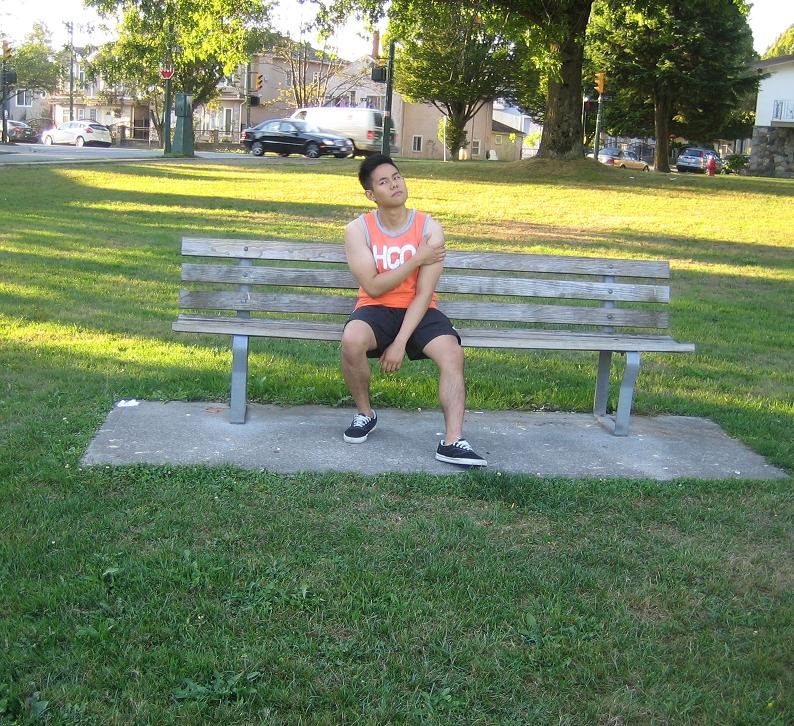A sunburn occurs if exposed to the sun for long periods of time. It is considered as a first-degree burn that only affects the upper skin layer. In most cases, it causes minor discomfort but there are times when it can be severe.
How to care for a sunburn
- The initial step is to cool down the site of the sunburn by taking a bath or shower. Make sure that the water is tepid or room temperature. An alternative is applying a cool, damp cloth on the burn for about 15 minutes. Perform this several times throughout the day.
The initial step is to cool down the site of the sunburn by taking a bath or shower. - Apply a moisturizer, over-the-counter hydrocortisone cream or aloe vera gel. If aloe vera is used, it reduces the pain and inflammation. After a few days, the skin will start to peel. This is how the body removes the dead skin which is why it is recommended to continue applying a moisturizer to relieve the itchiness.
- If there are blisters present, leave them intact. This will help speed up the healing and prevent infection from developing in case the blisters open. Cover the blisters for protection especially if they rub against clothing.
- Reduce the pain by providing pain medications.
When to consult a doctor
- The burn covers a wide area or severe in nature
- Individual has high fever, chills, nausea, rash or intense pain
- Felling dizzy or faint along with rapid breathing or pulse rate as well as pale clammy or cool skin (shock)
- Excessive thirst, reduced or no urine production or sunken eyes (dehydration)
- Healing does not start within a few days
If any of these are present, it is vital to consult a doctor as soon as possible.
More Information / Disclaimer
The information posted on this page on sunburn is for learning purposes only. Learn to recognize and manage this form of burn by taking a standard first aid course with one of our training providers.
FACT CHECK
https://www.webmd.com/skin-problems-and-treatments/guide/sunburn#1


